The history of ‘great events’, Voltaire wrote, is ‘hardly more than the history of crimes’. Physically, the war in Asia was the second world war’s greatest event. The Asian theatre, much of it water, was seven times larger than the European theatre. America’s mobilisation was the most complex in history, Japan’s crimes among the most sadistic. Metaphysically, the atomic consummation altered our relationship to our habitat.
Yet only three comprehensive, single-volume accounts of the war in Asia have appeared — until now the most recent being Ronald Spector’s Eagle Against the Sun in 1985. Hirohito’s War by Francis Pike sets a new standard: oceanic in scope, comprehensive in detail, subtle in dissection, magisterial in organisation and consistently readable. Pike re-balances our view of the war — it emerges as Hirohito’s crime as much as Hitler’s — and transforms our understanding of its origins and outcomes.
Europe’s catastrophe derived from the failure to manage the expansion of Germany; Asia’s from the failure to manage the implosion of China in the early 1800s. With Asia destabilised, America, Russia, the European empires and Japan contended for dominance. The Treaty of Versailles created a Pacific security system, but the western powers failed to enforce their ‘Pax Anglo-Saxon’. Japan, empowered by imported technology and Darwinian doctrines, converted this power vacuum into the Greater Asian Co-Prosperity Sphere.
For Pike, the war began not in Poland, but in China in July 1937, with the Marco Polo Bridge Incident, a Japanese provocation against Chiang Kai-Shek’s Kuomintang republic. For the next four years, the Kuomintang sapped Japan’s military capacity, and Japanese soldiers perpetrated terrible atrocities: shootings, rape, torture, sexual slavery, beheading and forced labour. Meanwhile, FDR struggled against domestic isolationists and feared that Germany and Japan would exclude America from the world’s markets. The American oil embargo of June 1941 was ‘arguably an act of war itself’. The Japanese attack on Pearl Harbor was a direct attempt to dominate the Pacific. Its failure, Pike suggests, did not guarantee Japan’s defeat.
Pike is not a gratuitous controversialist. Rather, his method demonstrates the limits of determinism, even in industrial warfare. It took time to convert America’s auto industry to military production, and to retrain workers as uniformed specialists; it took ceaseless courage to root out Japanese garrisons in the Pacific islands. The firebombing of Japan’s cities and the nuclear bombings reflected a surge in technological capacity: the transition to the ‘electro-mechanical’ age of the Bomb and the Superfortress. Yet the decision to use incendiaries and atom bombs reflected strategic desperation. Precision bombing had failed to destroy Japan’s military industries. America’s leaders, being democratically accountable, could not afford the casualties of a land invasion of Japan.
Pike’s judgment of the generals and admirals accords with much recent historiography, but his focus on China pays dividends. Tomoyuki Yamashita, the conqueror of Malaya, was the ‘exceptional’ talent among the Japanese generals who won the Pacific on a shoestring. The inept self-publicist Douglas MacArthur and the hard-drinking sailor ‘Bull’ Halsey are demoted. Ernest King, who steered the US Navy from Washington DC, and MacArthur’s subordinates Robert Eichelberger and Walter Krueger are promoted. ‘Bill’ Slim’s Burma campaign, usually reduced to a British sideshow, becomes crucial to the support of the Kuomintang. ‘Vinegar Joe’ Stilwell is faulted for the Allied ‘debacle’ in China, which cleared the path for Mao’s Red Army.
This was Hirohito’s war, fought in his divine name, and with his approval. Hirohito was a ‘timid and cautious’ living god: a marine biologist with a shrimp’s physique and a coward’s heart. As supreme commander, he sanctioned every war cabinet decision, built a war room under his palace, and advised his generals on troop movements in China, where 4 million died.
Was Hirohito a Class A war criminal? Pike, who has worked in the Far East as a financier, points out that, while Japanese culture prefers ‘opaque’ and ‘collective’ decision-making, the Tokyo War Crimes Trials were ‘Anglo-Saxon’ exercises in individual responsibility and ‘empirical logic’. It is ‘difficult’ and ‘sometimes pointless’ to identify Hirohito with specific decisions; it is easy to identify him with every decision. Had Hirohito been tried, he would ‘almost certainly’ have been convicted and executed. Yet MacArthur believed that Hirohito would be essential to Japan’s post-war stability. Spared by this ‘arbitrary and misguided’ decision, the war criminal returned to his molluscs.
Hirohito’s War is a magnificent account, and timely. China lost twice over. First as Japan’s ‘principal victim’, and again in the ‘national calamity’ that followed the war, when the Kuomintang, poorly supplied by America, lost to Mao’s Communists. After 1949, America and Japan allied against China. Today, while America struggles to enforce its Pacific system, Chinese dredgers prepare for a new round of island-hopping. The Chinese defeat at the heart of America’s victory continues to reshape the Pacific theatre.
Got something to add? Join the discussion and comment below.
Get 10 issues for just $10
Subscribe to The Spectator Australia today for the next 10 magazine issues, plus full online access, for just $10.
Available from the Spectator Bookshop, £20 Tel: 08430 600033
You might disagree with half of it, but you’ll enjoy reading all of it. Try your first month for free, then just $2 a week for the remainder of your first year.

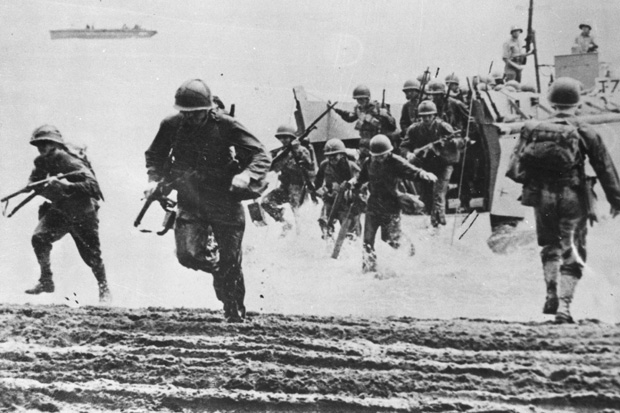

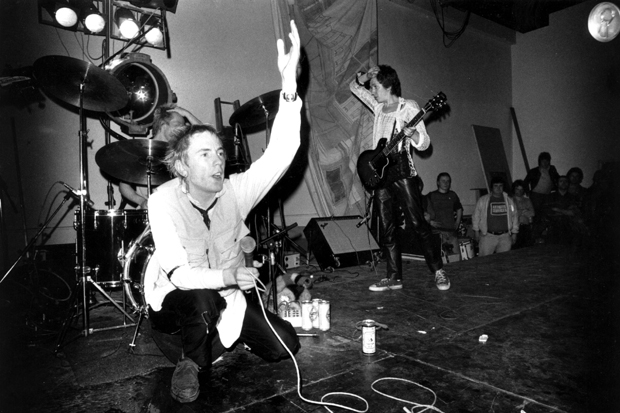
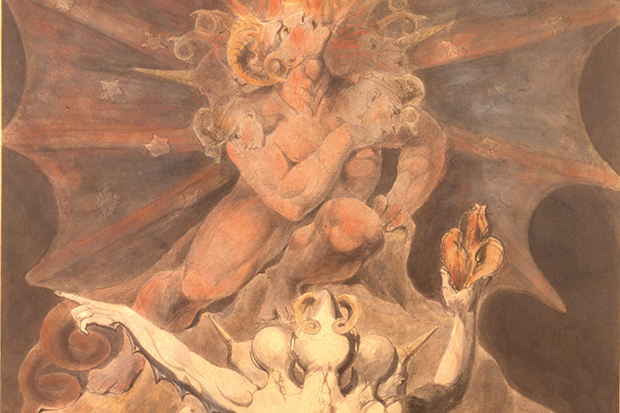
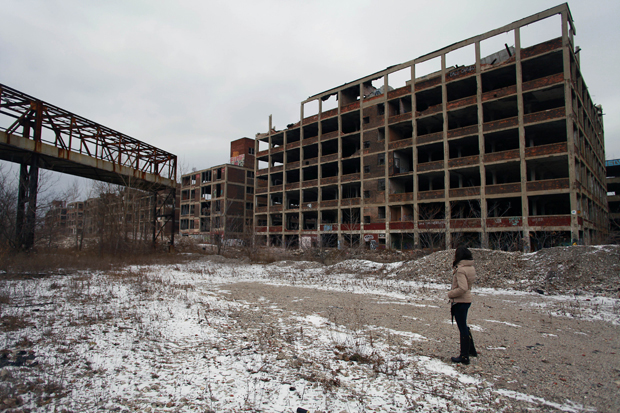

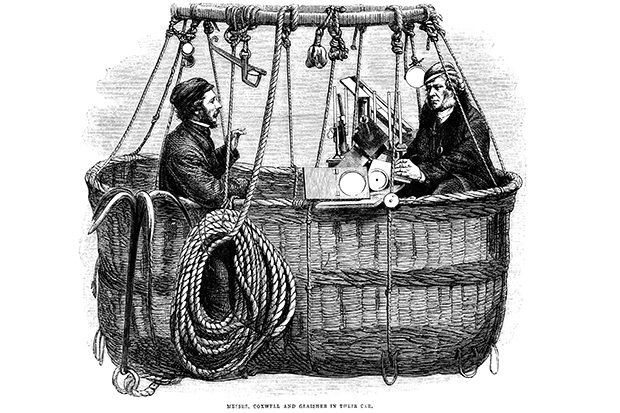






Comments
Don't miss out
Join the conversation with other Spectator Australia readers. Subscribe to leave a comment.
SUBSCRIBEAlready a subscriber? Log in